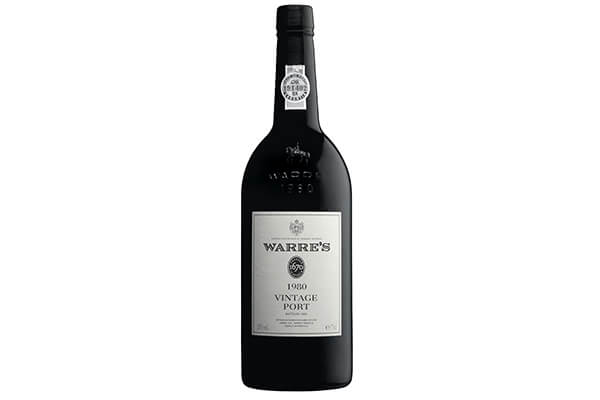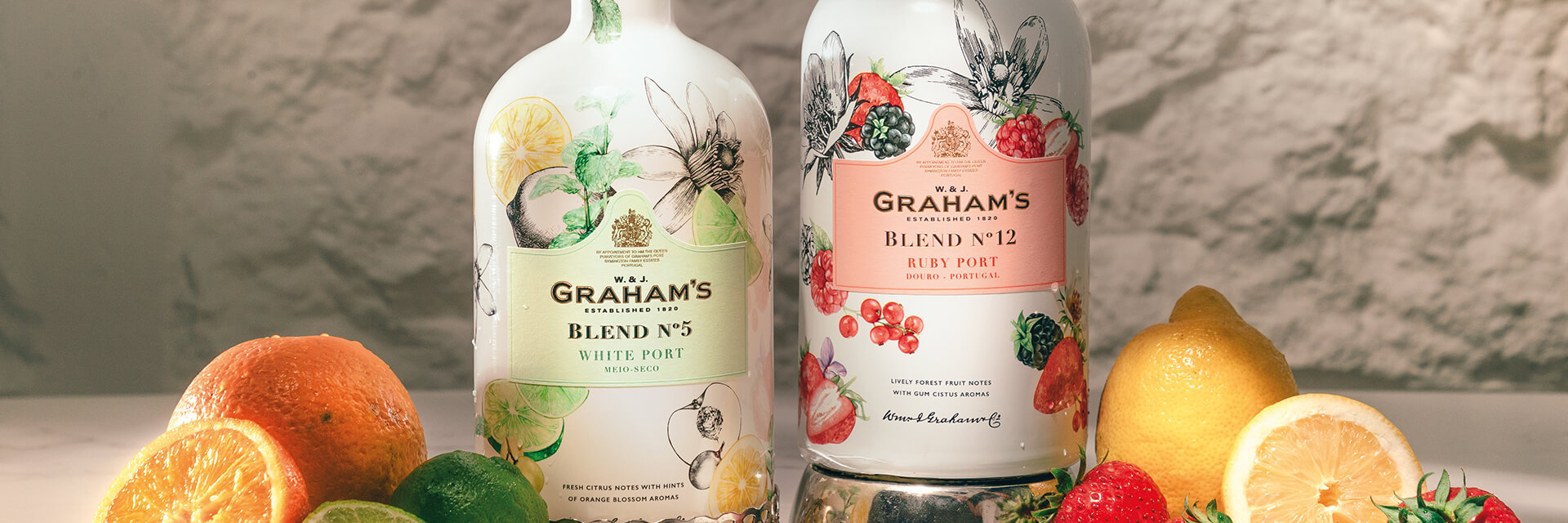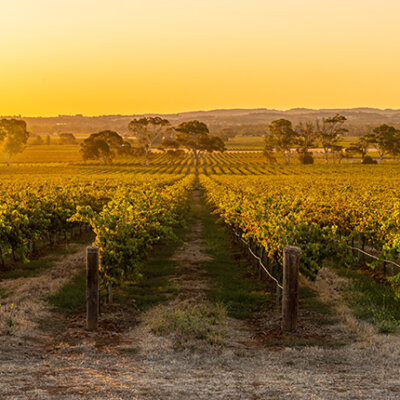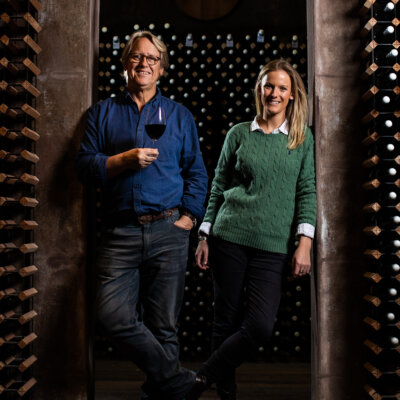Port genuinely is a drink for every occasion, despite the many preconceived ideas about how and when it should be drunk.
Some still regard Port as the preserve of the very wealthy, or as a drink for special occasions, whilst others simply see it as an entry-level wine that offers good value – but both views are far from the reality of how Port is now consumed.
Today there are a myriad of styles that make Port more versatile and accessible than ever – from crisp white Ports that make amazingly refreshing long drinks, to deep complex Aged Tawnies and surprisingly affordable vintages.
So what are these Ports and what occasions are they best suited to?
White Port
White Port has been popular in its home country of Portugal for many years, due to its versatility and the fact that it makes the perfect aperitif. Mixed with tonic and garnished with mint and lemon as a “P&T”, it makes a deliciously refreshing long drink (not to mention lower alcohol).
Recommended: Graham’s Blend No.5 White Port
Most of the Port Houses produce a White Port, but one of the more notable ones is Graham’s Blend No.5, which is finding a new, younger audience with its fresh, contemporary presentation. Paired with almonds, cured meats or olives, it’s a wonderful way to start any meal.
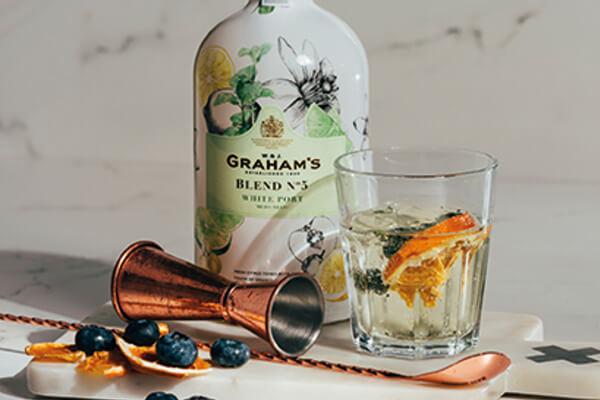
Reserve Ports
Reserve Ports have youthful characters and the same rich red colour as Ruby Port. They are made in largely the same way to Ruby Ports but from superior quality grapes and gain slightly in complexity from four to seven years’ wood-ageing before bottling.
Recommended: Cockburn’s Special Reserve
If you’re looking for a crowd-pleaser, then look no further than Cockburn’s Special Reserve. Cockburn’s is the UK’s favourite Port and by a significant margin, out-selling its nearest rival by more than 2 to 1.
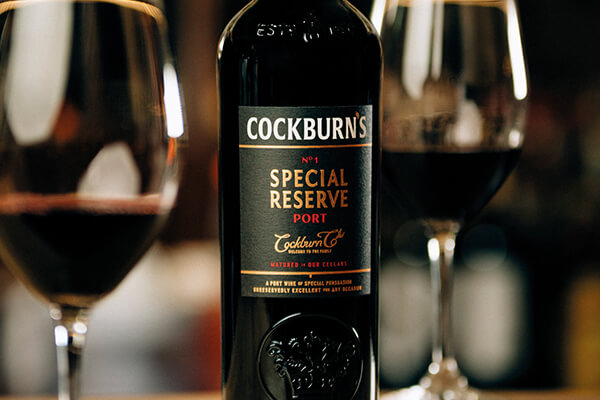
LBV Ports
LBV, or Late Bottled Vintage Ports, are made of wines from the best vineyards from a single good vintage (although not necessarily from a ‘declared vintage’ as with Vintage Port). LBV is matured for four to six years in wood and is bottled when ready to drink. These wines have more depth and complexity than a Ruby or standard Tawny but are softer and more approachable than Vintage Port.
Recommended: Graham’s LBV
Produced from grapes sourced from four of Graham’s premium vineyards. Graham’s LBV has a lovely honeysuckle fragrance as well as hints of mint, which is often present in Graham’s wines. In the background, there are also some attractive, bright tropical fruit notes. Typically Graham’s on the palate with sumptuous ripe black fruit flavours combining with hints of kirsch. The fine-grained tannins give the wine balance and structure, whilst good acidity underscores the wine’s freshness.
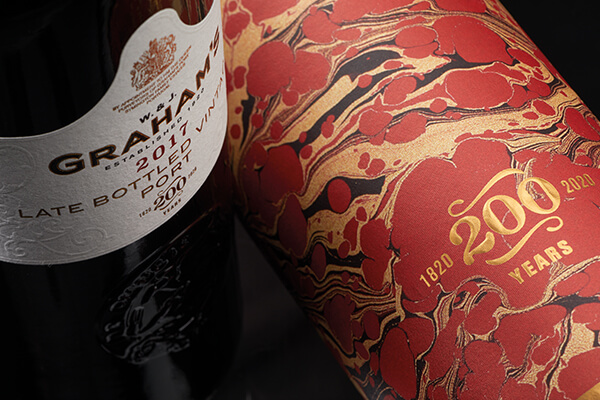
Aged Tawnies
Unlike Vintage Port, Tawnies are aged in barrel before blending and bottling when they are ready to drink. As their name suggests, Tawny Ports tend to be somewhat lighter in colour, showing autumnal, amber shades and taste more of nuts and dried fruits in contrast to the robust fruit flavours of Ruby. Higher quality Aged Tawnies carry an indication of age on the label (10, 20, 30 or 40 Years Old). This relates to the average number of years they have spent maturing in barrels before they are finally bottled. The extra years of wood-ageing soften the colour of Aged Tawnies and give them greater complexity, and their typical nut and raisin characteristics.
Recommended: Graham’s 20 Year Old Tawny
Displaying the perfect balance between youth and maturity, this Aged Tawny is a beautiful burnished golden colour. An excellent bouquet with a characteristic aroma of toasted almonds and hints of orange peel. Exquisitely mellowed by careful ageing. Rich, complex, softly sweet and smooth. Perfectly balanced with an elegant finish.

Single Harvest Tawny Ports
Single Harvest Tawny Ports are, as the name suggests, from a single harvest. The date of harvest and the date of bottling are given on the label. From this you can calculate how much wood-ageing the wine has received. These wines are usually best drunk within a year or two of the bottling date. They take on all the refined nutty, dried fruit flavours of Aged Tawnies but also express the unique characteristics of a single year.
Graham’s 1997 Single Harvest Tawny
Deep orange-brown centre with intense coppery hues along the rims. Aromas of marmalade and soft caramel with hints of honey and raisins. The wood ageing is reflected in the delicate almond and marzipan notes. An appealing smoky element is just perceptible in the background. Bright red fruit flavours, rounded by cask-ageing but still fresh and vital with an underlying citric acidity, giving the wine balance and poise. Satisfyingly long aftertaste with a subtle combination of walnuts, tea and tobacco.
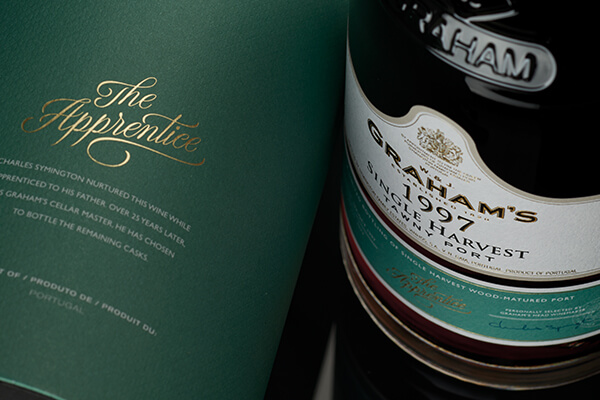
Vintage Port – the King of Ports
Vintage Ports are the hallmark of quality only produced in truly exceptional years (30% of the time) and considered one of the pillars of Fine Wine. These very special Ports are made only from the finest wines from the top estates in the Douro Valley and only from harvests which are deemed so extraordinary that a Vintage year is declared by the Port producers. They are the pinnacle of Port quality. Vintage Ports are bottled unfiltered after two years and mature in bottle. Many will continue to mature in the bottle for 30 years or more. Vintage Ports begin life a deep purple-black colour, but this softens with age as they gain in structure and complexity.
Recommended: Graham’s 2000 Vintage Port
One of the wines of the Vintage. Dark ruby colour. On the nose, excellent floral aromas of violets and mint combined with layer upon layer of ripe blackberry fruit. On the palate, great freshness and elegance with vibrant plum, cassis and fig flavours. Velvety tannins lead to a long and energetic finish.

Recommended: Warre’s 1980 Vintage Port
A generally declared year, like the ’66, the 1980 vintage only became recognised for its real star quality years after the declaration. It was also overshadowed by the 1977, and as a result a real bargain at auction. Notable for their strong colour, the best 1980 Vintage Ports have a depth and structure that places them amongst the finest Vintage Ports of the post-war era, and they are currently ageing better than the 1983 and 1985’s. Now at its peak, this Warre’s 1980 is undoubtably a phenomenal Port, showing silky smooth tannins, vibrant violets on the nose and graceful dark fruits.
